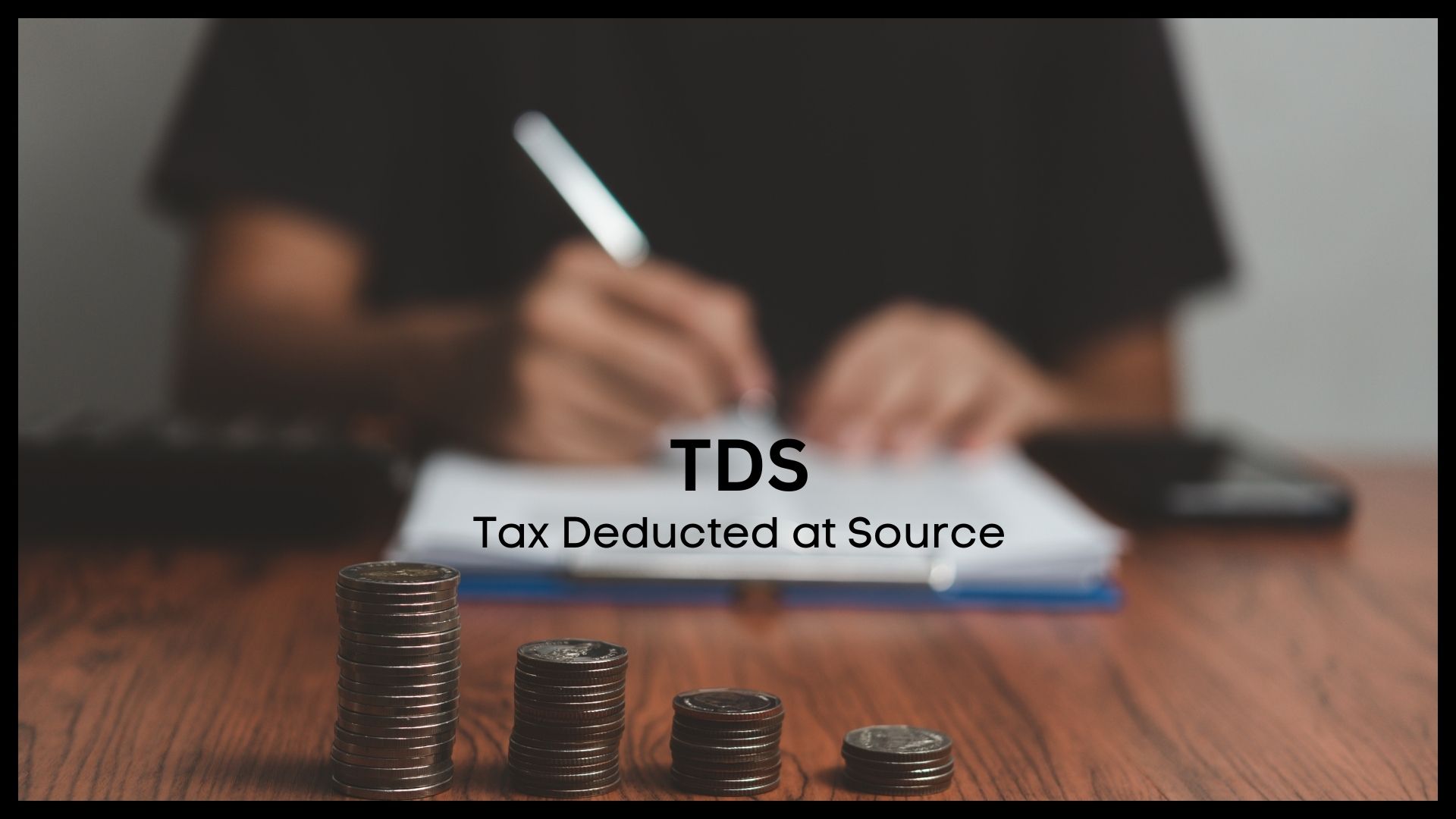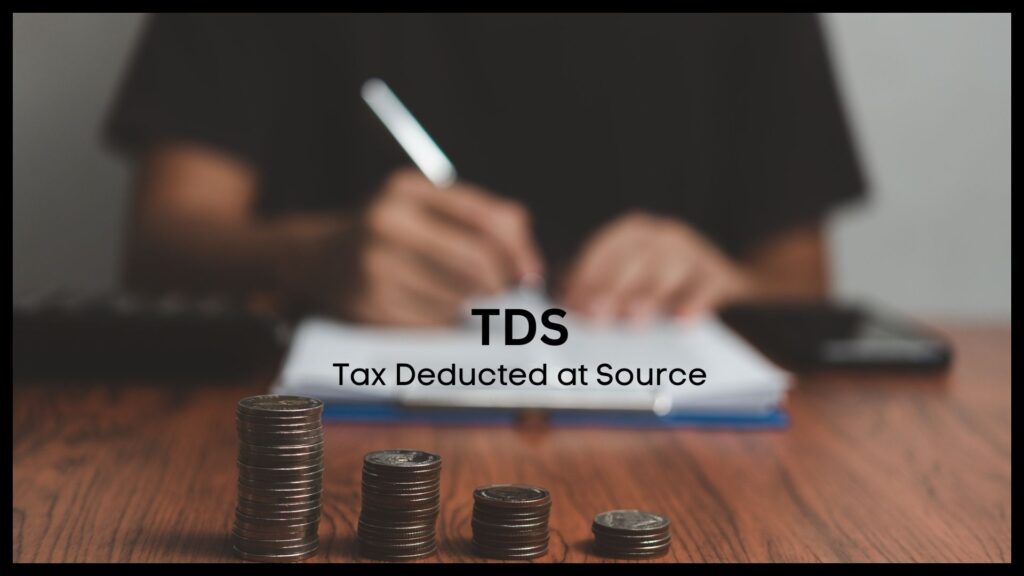
14 Feb Analyzing Tax Deduction at Source (TDS) Payments: A Comprehensive Overview

The concept of TDS payment serves as a method to collect taxes directly from the source of income. Essentially, it mandates that a person (known as the deductor), who is liable to make payments of specified nature to another person (the deductee), must deduct tax at the source and remit the same to the Central Government’s account. The deductee, from whose income tax has been deducted at the source, is entitled to receive credit for the deducted amount based on Form 26AS or a TDS certificate issued by the deductor. Now, let’s delve into the deadlines associated with TDS payments.
Moreover, taxpayers who owe more than Rs. 10,000 in taxes, after adjusting TDS, in a fiscal year are required to pay advance tax. This rule applies to all categories of taxpayers, encompassing freelancers, professionals, salaried individuals, and senior citizens.
Here are the steps to make TDS payments online:
Step 1: Begin by logging in to https://onlineservices.tin.egov-nsdl.com/etaxnew/tdsnontds.jsp or by clicking on the “e-pay taxes” tab provided on the aforementioned website.
Step 2: Choose the relevant challan, such as ITNS 280, ITNS 281, ITNS 282, ITNS 283, ITNS 284, or Form 26 QB demand payment (specifically for TDS payment on the sale of property) as applicable.
Step 3: Enter PAN/TAN (as applicable) and other mandatory challan details like the accounting head under which payment is made, address of the taxpayer, and the bank through which payment is to be made, etc.
Step 4: Upon submission of the entered data, a confirmation screen will be displayed. If PAN/TAN is valid as per the ITD PAN/TAN master, then the full name of the taxpayer as per the master will be shown on the confirmation screen.
Step 5: Upon confirmation of the entered data, the taxpayer will be directed to the net-banking site of the bank.
Step 6: The taxpayer needs to log in to the net-banking site with the user ID/password provided by the bank for net-banking purposes and enter payment details at the bank site.
Step 7: Upon successful payment, a challan counterfoil will be displayed containing CIN, payment details, and bank name through which e-payment has been made. This counterfoil serves as proof of payment being made.
In conclusion, managing TDS payments is paramount, and adherence to deadlines is crucial to avoid penalties and interest charges.


No Comments